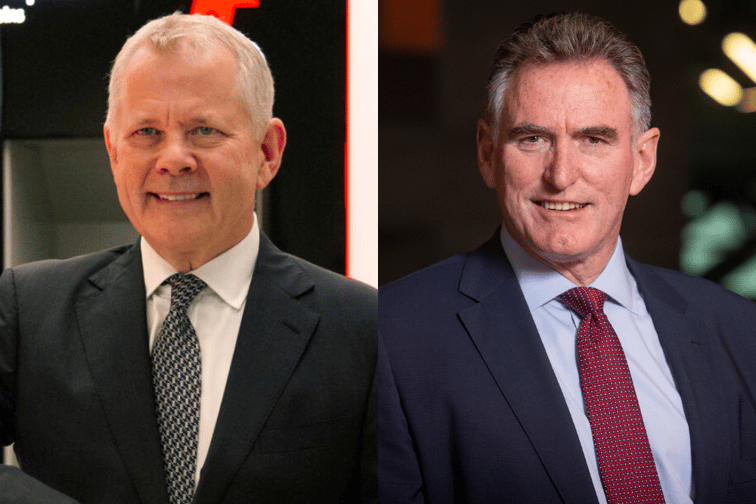

The Australian economy needed to capitalise on the global race to achieve net-zero emission to reap an economic dividend of $435 billion, according to a new report commissioned by NAB from Deloitte Access Economics (DAE).
The report, titled All Systems Go: Powering Ahead, probed into how Australia can cut the cost of transition and grow new export opportunities to replace emissions-intensive activity as the world decarbonises. Failure to do so, the report said, will constrain Australia from the growth opportunities presented by the transition and will see its existing projects fall by $270bn out to 2050 under the current net-zero policies.
The Deloitte report also revealed, however, that more than offsetting a slowing, or stopping of global demand for high-emissions commodity exports, Australia can tap into renewable energy, green hydrogen, critical minerals, and enhanced metals manufacturing for its potential future economic growth.
To achieve the $435bn opportunity by 2050, Australia will have to build new infrastructure on an unprecedented scale for the nation, which according to industry experts will involve roughly 10,000km of new transmission, 44 gigawatts of new renewables, and 15 gigawatts of firming capacity this decade.
The report also said Australia would need to invest in new technologies, development of skilled workforces, and growth of supply chains of green industrial sectors to boost their output by $280bn and create new export opportunities of $420bn by 2050.

“Australia has two challenges: getting to net-zero and replacing our existing export industries as global demand falls away. The harsh reality is that if we only hit our targets without replacing exports, we will become a materially poorer nation,” NAB Chair Philip Chronican (pictured above left) said.
Chronican said the report highlighted that Australia could secure its future economic prosperity by “becoming a major exporter of what the world needs to decarbonise.”
“Australia’s natural endowment of land, sunshine and wind puts us in a strong starting position,” he said. “Significant coordination of public and private planning and investment is also required to transform and replace industries that have been at the centre of our historic economic growth and create a new green industrial base.”
Chronican said Australia can and needs to achieve these challenges despite their scale, complexity, cost, and the increasingly pressurised timeframe because “the cost of inaction or too little action is far too great.”
NAB Group CEO Ross McEwan (pictured above right) said significant progress has been made in Australia in the last 12-months, but much more needs to be done.
“First and foremost, we need to build, build, build,” McEwan said. “To do this, we need investment and labour to drive the projects, shorter lead-times, as well as improved consultation and a consistent national framework that delivers major green infrastructure projects that have widespread community support.
“Australia can reap the benefits of innovation and productivity growth that will lift Australia’s supply-chain competitiveness and put the country on a strong footing as our traditional exports are replaced.”
McEwan added that as Australia’s biggest business bank, NAB can help fund the transition and support its customers with the capital they need “to invest in new technology and ideas that future-proof their business and deliver new ways to grow.”
Australia has made progress toward achieving net-zero over the past 12 months, including expanding the Safeguard Mechanism, legislating a 2030 emissions reductions target, federal and state government renewable energy investments, and more businesses making decarbonisation commitments and progress, NAB said.
See also All systems go: Powering ahead.
Use the comment section below to tell us how you felt about this.
